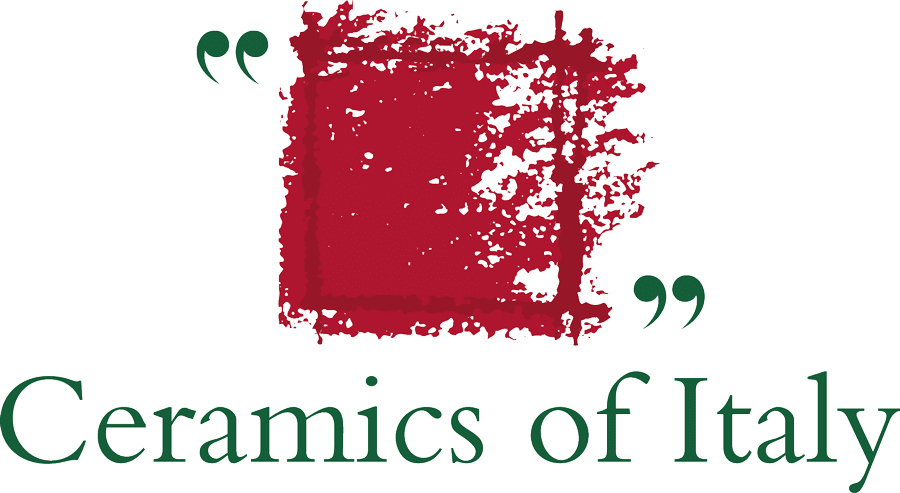A natural material
Structural clay products are sustainable materials that contain clay, a material of natural origin which is extracted using methods that are friendly to the environment and the local community. Rehabilitation of the quarried areas reduces the impact on the landscape, restoring the area to its original or even an improved condition (artificial lakes, reforestation, biodiversity areas, etc.).
A high-quality material
During the clay body pre-processing stages, various substances are added to the clay to give the finished product specific qualities.
These include:
- lightening additives such as sawdust, perlite, paper mill sludge and coal dust to improve thermal and acoustic characteristics;
- mineral additives such as inert aggregates and blast furnace slag to increase the mineral structure and adjust the material’s plasticity;
- other additives such as barium carbonate and manganese oxides to reduce the phenomenon of efflorescence, i.e. crystallisation of soluble salts.
These materials fall into the by-products or end-of-waste categories.
They offer a twofold advantage: reducing the consumption of clay as a natural resource and reducing the quantity of waste sent to landfill, in compliance with the Minimum Environmental Criteria for public contracts in Italy.
A recyclable material
Each year, the Italian heavy clay industry as a whole recycles 250,000 tonnes of waste originating from inside and outside the industry.
Fired waste originating from the ceramic industry can be entirely reused as chamotte in the ceramic industry itself, as aggregate for road subbases or for the production of red clay for tennis court surfaces.
Because they are tough, natural and durable materials that are easy to recycle, Italian clay products are sustainable in all phases of their life cycle.



 Architects
Architects
 Construction firms
Construction firms
 Dealers
Dealers
 Installers
Installers
 Public
Public

